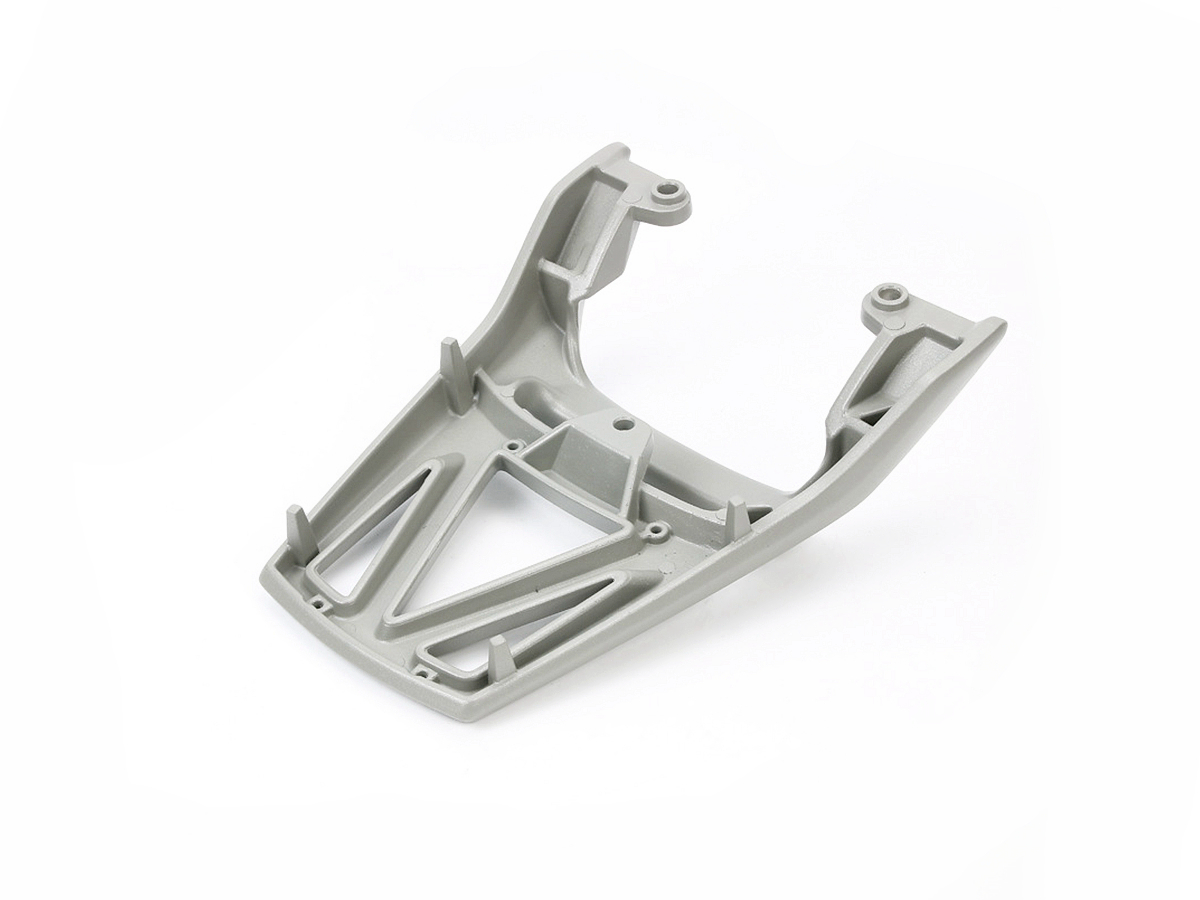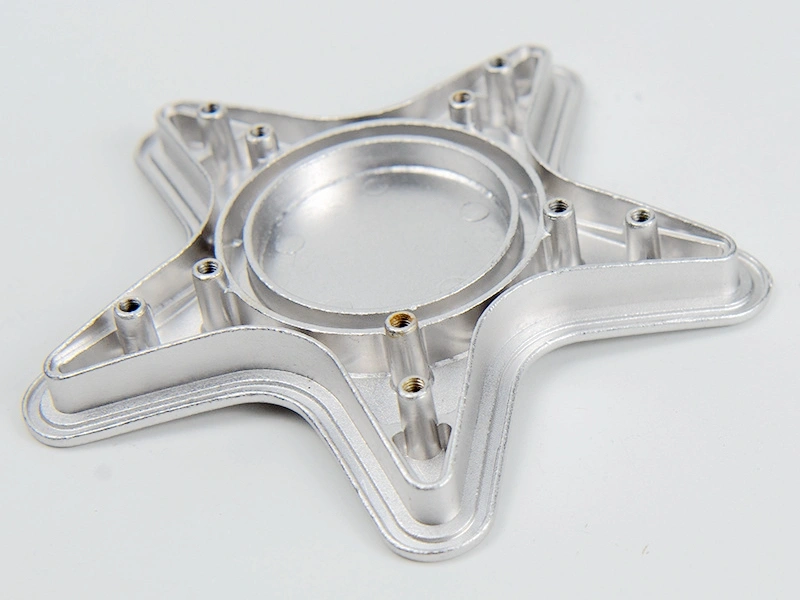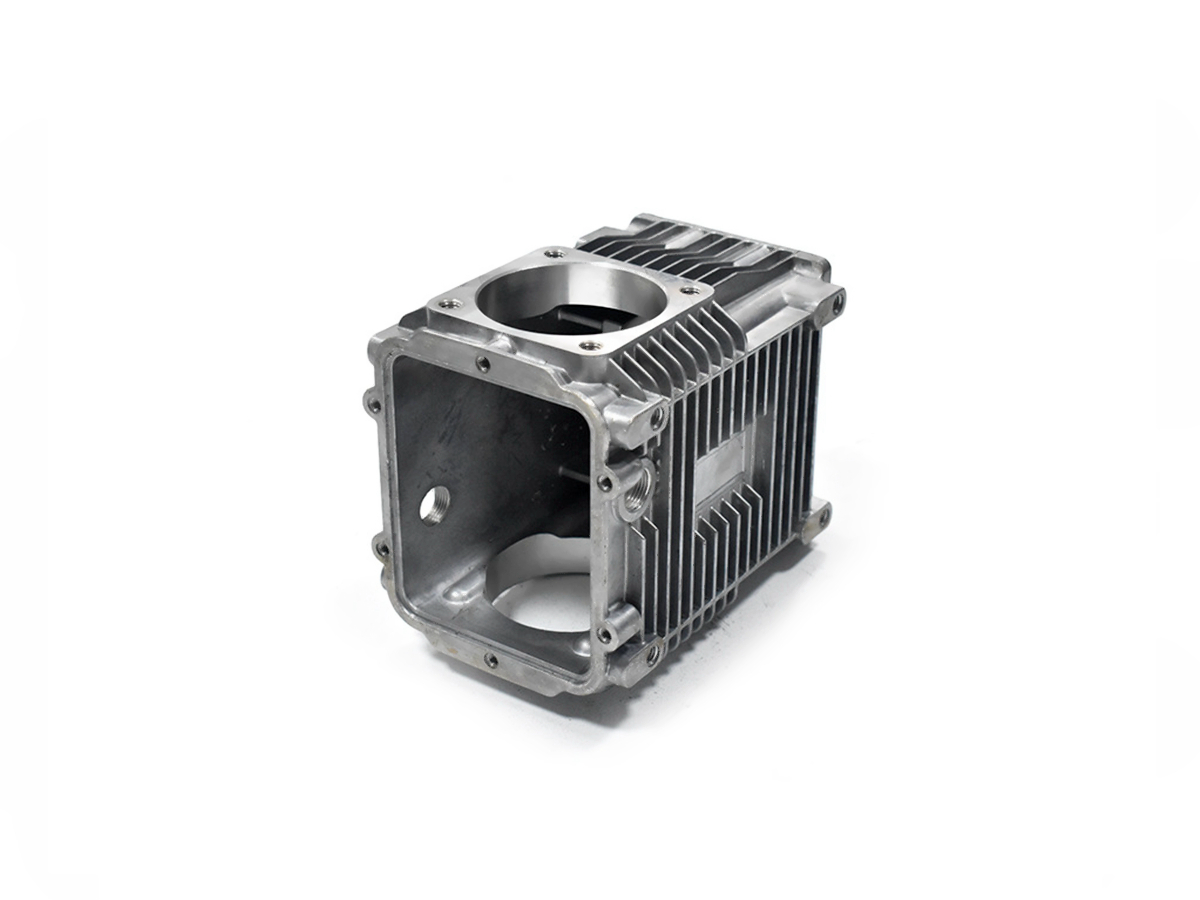Custom Aluminum Die Casting Service for Lightweight Aerospace Structural Parts
 In the aerospace industry, reducing weight while maintaining structural integrity is vital for enhancing fuel efficiency and operational performance. As demand for lighter airframes, efficient propulsion systems, and compact avionics grows, manufacturers are turning to custom aluminum die casting for reliable, high-precision structural components. Die casting delivers excellent dimensional accuracy and material efficiency for complex aerospace assemblies.
In the aerospace industry, reducing weight while maintaining structural integrity is vital for enhancing fuel efficiency and operational performance. As demand for lighter airframes, efficient propulsion systems, and compact avionics grows, manufacturers are turning to custom aluminum die casting for reliable, high-precision structural components. Die casting delivers excellent dimensional accuracy and material efficiency for complex aerospace assemblies.
At Neway, we specialize in delivering custom aluminum die casting solutions engineered to meet the stringent demands of the aerospace sector. From satellite brackets and UAV frames to sensor housings and cooling enclosures, we offer solutions that align with industry performance and weight requirements.
Why Aluminum Die Casting is Ideal for Aerospace Structures
Aluminum’s favorable properties—lightweight, thermal conductivity, corrosion resistance, and strength—make it the material of choice for aerospace engineers. Combined with high-pressure die casting, it enables durable and precisely manufactured parts with minimal post-processing.
Advantages of Aluminum Die Casting in Aerospace
Weight savings of 30%–65% compared to steel alternatives
Tensile strengths up to 310 MPa when heat-treated (e.g., A356-T6)
Operational temperature limits up to 200°C
Minimum wall thickness down to 1.2 mm
Dimensional tolerances of ±0.02 mm for critical surfaces
These performance characteristics are crucial in aircraft assemblies where weight reduction directly translates into increased payload, extended range, and lower fuel consumption.
Common Aerospace Applications of Die Cast Aluminum Parts
Die casting supports many structural and subsystem elements across aircraft and space platforms. The table below outlines typical applications:
Component | Function | Key Requirements |
|---|---|---|
Airframe brackets | Join fuselage and wing components | High stiffness, low weight, fatigue resistance |
Avionics enclosures | Protect flight electronics and sensors | EMI shielding, heat dissipation, vibration proofing |
Heat sinks and control covers | Manage electronic thermal load | Thermal conductivity, flatness, corrosion resistance |
UAV and satellite frames | Lightweight structural support | Thin-walled design, high dimensional accuracy |
Fuel pump housings | Support hydraulic flow systems | Pressure resistance, porosity-free internal volumes |
Aerospace-Approved Aluminum Alloys
At Neway, we cast aerospace-grade aluminum alloys that meet specifications like ASTM B85 and AMS 4218. The most frequently used alloys include:
Alloy | Density (g/cm³) | Tensile Strength (MPa) | Features | Applications |
|---|---|---|---|---|
A356 (T6) | 2.68 | 290–310 | Heat treatable, high fatigue and impact strength | Airframe components, UAV structures |
A360 | 2.65 | ~290 | Excellent corrosion resistance and fluidity | Avionics housings, connectors |
AlSi12 | 2.66 | 250–280 | Ideal for thin-walled and complex geometries | Heat sinks, lightweight enclosures |
These alloys are suitable for mission-critical aerospace components due to their weight, strength, and manufacturability balance.
Tolerances, Precision, and Quality Control
Precision and repeatability are critical in aerospace manufacturing. Neway delivers high-accuracy castings using CMM validation, mold flow simulation, and SPC analysis throughout production.
General tolerances held at ±0.05 mm
Critical dimensions such as alignment holes and mounting planes held to ±0.02 mm
Surface roughness Ra ≤ 3.2 µm (Ra ≤ 1.6 µm after tumbling)
Porosity < 0.5% verified with digital X-ray scanning and vacuum testing
Flatness within 0.08 mm over 200 mm surfaces
These tolerances and quality benchmarks are essential for mating assemblies, sealing systems, and parts exposed to flight load paths.
Surface Finishing and Post-Processing Capabilities
For aerospace applications, surface finishing is essential for appearance, corrosion protection, and system integration. Neway provides in-house post-processing services aligned with MIL and ASTM standards.
CNC machining to ±0.01 mm for tight-tolerance features
Anodizing: MIL-A-8625 Type II and III for corrosion and dielectric protection
Powder coating for impact and solvent resistance
Painting with aerospace-grade coatings
Sand blasting for uniform surface texture and paint adhesion
These treatments help our parts meet environmental test protocols such as ASTM B117 (salt spray), ASTM D5402 (solvent resistance), and MIL-STD-810 for thermal and vibration endurance.
Tooling and Die Lifecycle for Aerospace Projects
Neway’s tool and die making infrastructure supports rapid development and high-efficiency production.
Die materials: H13 tool steel, Inconel 718 for high-temperature cycling
Die life expectancy: 75,000–150,000 cycles, depending on alloy and complexity
Lead time: 4–6 weeks for hardened production tooling
Cycle time: 30–70 seconds per par,t depending on geometry and thickness
We also support low-volume manufacturing for test programs and mass production for commercial aerospace supply chains.
Case Study: UAV Flight Control Housing
An aerospace UAV customer needed 5,000 flight control module housings with the following specifications:
Weight: under 500 g
Wall thickness: 1.4 mm
EMI shielding and heat dissipation performance
Surface flatness < 0.1 mm over a 150 mm plane
Anodized finish per MIL-A-8625F Type II, Class 1
Neway cast the part in A360 aluminum using a multi-cavity mold. After machining and anodizing, the housings passed 100% electronic shielding effectiveness and vibration testing per RTCA DO-160. First-pass yield exceeded 98.2%, with dimensional Cpk > 1.33.
Why Aerospace Engineers Choose Neway
Neway is a proven partner for aerospace aluminum die casting programs, offering full-service engineering, production, and quality control.
Design for Manufacturability (DFM) and mold simulation
Internal die fabrication with lifetime quality support
ISO 9001:2015-certified production and inspection
PPAP, FAI, and traceability documentation are available
Vertically integrated assembly and packaging for ready-to-install parts
Our team ensures components meet flight readiness and certification standards across civilian, military, and space-grade platforms.
Conclusion
Aluminum die casting provides the aerospace industry with reliable, repeatable, and lightweight structural parts that can be produced at scale. From unmanned systems to manned aircraft and orbital systems, this process enables precise, high-performance manufacturing with reduced material waste and total cost of ownership. At Neway, we are committed to delivering parts that meet the most demanding aerospace specifications.
To discuss your custom aerospace die casting requirements, contact Neway today.
FAQs
What aluminum alloys are best suited for aerospace die casting?
Can aluminum die castings meet MIL-STD and AS9100 requirements?
What is the maximum allowable tolerance for airframe cast parts?
How are aerospace castings tested for porosity and strength?
What finishing processes are available for aerospace-grade castings?



